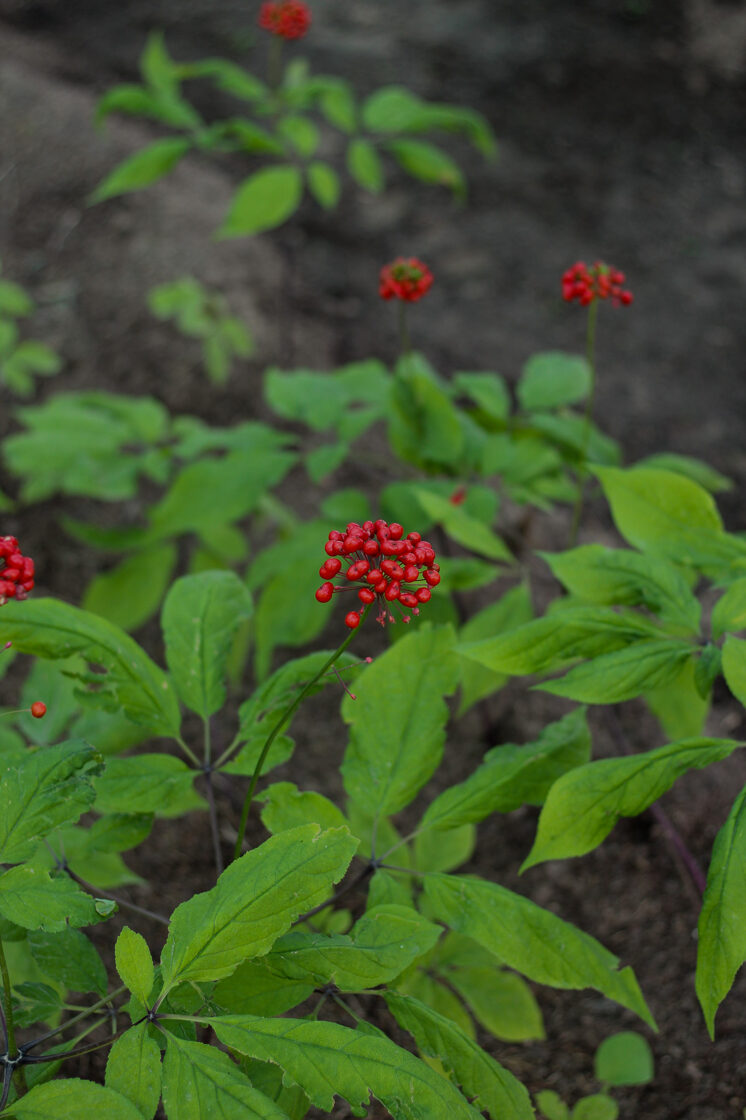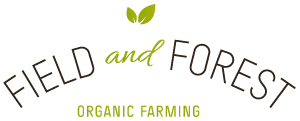Assessing concentrations of active compounds in three endangered medicinal plants
Endangered plant species with a high market potential were selected for this research – Siberian ginseng (Eleutherococcus senticosus Maxim.), common yew (Taxus baccata L.) and sea holly (Eryngium maritimum L.). They are also known for the long seed germination period that makes it difficult to grow them for commercial purposes. Therefore, IES’s researchers develop efficient and economically viable plant tissue propagation methods that can be applied for organic farming. Using this micro-propagation method new plantlets are grown in laboratory test tubes. Thus, helping to avoid the long seed germination that usually may take up to 18 months.
“The changes in plant chemical composition correlate with different plant propagation methods and their growing conditions. For example, wild Siberian ginseng is common in Russia and China. It is possible to cultivate this plant in other territories, however there might be significant changes in the plant’s chemical composition and concentrations of valuable active compounds. Therefore, in this research we are analysing not only three different plant species, but also different populations within the same species,” IES’s leading researcher Dr Ieva Mežaka highlights potential changes in plant active compound levels.
IES’s researchers were dedicated to find out which populations are rich source of highly valuable bioactive compounds. Therefore, they analyzed all three plant species in chemical laboratory. “We can see that all three plant species have populations with valuable active compounds. The difference is the concentration. Most interesting ones are those that contain higher levels,” Dr Ilva Nakurte, IES’s leading researcher and manager of laboratory of chemistry describes the importance of chemical analysis.

Siberian ginseng (Eleutherococcus senticosus Maxim.) Photo IES.
For chemical analysis of Siberian ginseng, researchers used leaves and roots of this species wild populations. They found two highly valuable compounds in the researched ginseng populations – eleuteroside B and eleuteroside E. The founded compounds are listed in European Pharmacopoeia (common standards for the quality of medicines and their components) with a real use in pharmaceutical industry. “In the previous researches, these active compounds have been found mainly in roots of Siberian ginseng. Our research results show that they are present in plant leaves as well,” Dr Ilva Nakurte describes results of ginseng chemical analysis.

Common yew (
Taxus baccata L) Photo IES
For common yew chemical analysis, researchers used different parts of the plant – leaves, twigs and combination of both. Previous researches show that most valuable active compounds of Common yew are taxanes and their derivatives. IES’s researchers have extracted 20 different taxane derivatives. Most valuable is paclitaxel, which is commonly used in pharmaceutical industry as a treatment for different cancer forms.
Sea holly (Eryngium maritimum L.) Photo IES
Chemical analysis has also been carried out on wild sea holly samples harvested in Latvia and Estonia. In total, more than 100 different valuable compounds have been derived from them. At the same time, IES’s researchers have found that there is significant variability in concentrations of active compound levels in different sea holly populations.
Researchers have also analyzed sea holly samples that are grown in laboratory test tubes. Other research papers describe sea holly roots and leaves as the most valuable source of active compounds. “Roots and leaves of the plants that have been grown in test tubes are relatively small, but we were able to do the analysis. We see that concentrations of active compounds in them are quite high. We have identified 7 to 10 active compounds with potential use in pharmaceutical, cosmetology, and food industries,” Dr. Ilva Nakurte describes research results.

Siberian ginseng (Eleutherococcus senticosus Maxim.) in IES’s experimental fields. Image: Institute for Environmental Solutions.
By assessing bioactive compound levels in plant samples, especially those that are grown in laboratory, researchers can evaluate most valuable populations of the three species. Thus, they know which samples are suitable for further research – growing condition research in experimental fields. Bioactive compound level analysis in plants will continue throughout the research to assess the changes in plant development process. As a result, it will contribute to finding efficient and economically viable methods for growing Siberian ginseng, common yew and sea holly in organic farming.
The research on plant tissue culture application for commercial propagation of endangered medicinal plants is developed as a part of the European Regional Development Fund programme 1.1.1 "Improve research and innovation capacity and the ability of Latvian research institutions to attract external funding, by investing in human capital and infrastructure" 1.1.1.1. measure “Support for applied research”, No. 1.1.1.1/19/A/083.
More about the project here.
